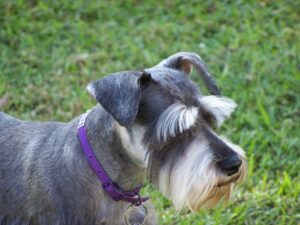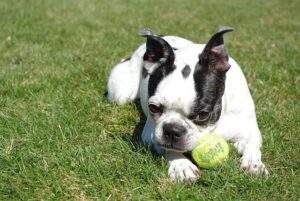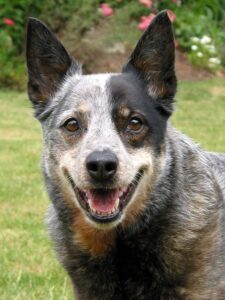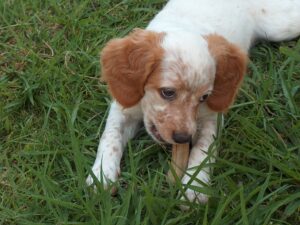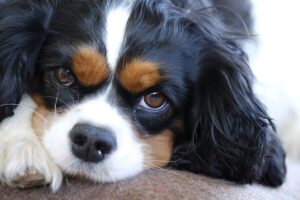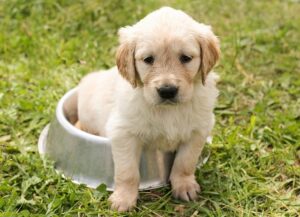 As described by the
As described by the 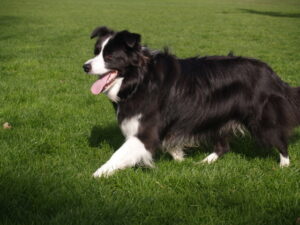 American Kennel Club and at shows like the AKC National Championship dogs are exhibited in seven different groups, organized by the original work that each breed was developed to do.
American Kennel Club and at shows like the AKC National Championship dogs are exhibited in seven different groups, organized by the original work that each breed was developed to do.
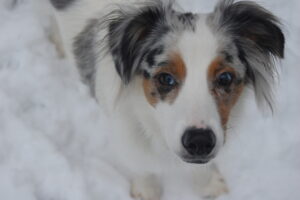
The seven different classification groups are as follows: HERDING, WORKING, SPORTING, NON-SPORTING, TOY, TERRIER, and HOUND.
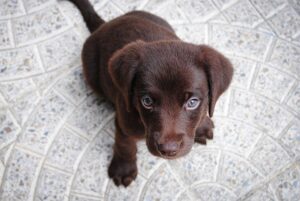
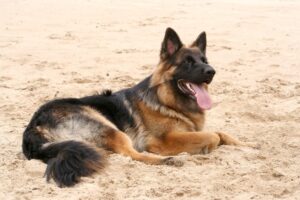 What group does your dog belong to? Many of the most popular large breed family dogs are herding, sporting, and working breeds.
What group does your dog belong to? Many of the most popular large breed family dogs are herding, sporting, and working breeds.
Do you have a hound, terrier, or toy breed dog?
We’ll take a look at those breeds too, and examine some of their traits like personality and temperament and if they are good family dogs, good with children and how easy they are to train.

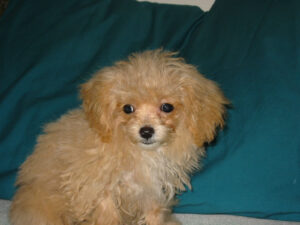
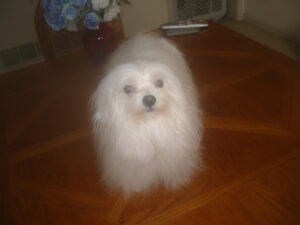
Please click on the group name to view the popular breeds in each group or simply go to the menu bar. Find out more about your dog and take a look at training them through the eyes of a professional trainer.
HERDING Group
Herding dogs include the Bearded Collie and Border Collies, Welsh Corgis, and German Shepherds. This category has the natural instinct to herd farm animals or round up different herds of animals including cattle, sheep, and goats. It is not unusual to find that when adopting a herding dog, the dog will attempt to herd the family kids as well—sometimes by even snapping at the kids’ legs as the family dog “rounds them up” to get the kids to move to a different location.
Many of us are familiar with German Shepherds and know that they are also called police dogs. Their protective nature, strength, and intelligence, makes this particular breed the breed of choice for K9 units.
Herding Dogs and Working Dogs eclipse each other’s categories because both can perform similar tasks. The difference is that the herding dog is better suited for farm and ranch herding of animals and cattle.
WORKING Group
Working dog breeds worked their way into my heart, as some of my favorites dogs to be in the company of. On my watch, they have proven what wonderful companions and family dogs they really are. Usually large or giant breeds, the working-class dogs are also naturals for protection.
They’re intelligent, alert, love training, which I highly recommend, and are happier and better adjusted to family life when they have a job to do. Large size, strength, temperament, instincts, and need to “work” put some of them at the top of the list for guarding property, pulling sleds, and assist in rescues.
However, pet parents need to know how to properly train and socialize a large or giant breed dog, and I would be hesitant to recommend any large breed or working-class dog to a first-time pet parent unless they intend to secure professional training.
SPORTING Group
The Sporting Group dogs are generally those bred to assist hunters in locating and retrieving birds and small game. There are four groups of breeds within the sporting group: retrievers, setters, pointers, and spaniels. They have exceptional instincts in water and woods and many of those breeds have supple, well insulated, and water-repellent coats.
As family dogs, the Cocker Spaniel, Golden Retriever, and Labrador Retriever are on the top of the list for being the most popular and beloved family dog.
Sporting dogs are intelligent, alert, have a high level of trainability and gentle nature. They have earned their Golden reputation for companionship and loyalty as well as making a wonderful, tireless playmate for children.
NON-SPORTING Group
The Non-Sporting Group is comprised of breeds that for the most part are devoid of having a specific function and are predominantly companion dogs. Non-Sporting is a term used by the AKC, but not by International Kennel Clubs. The assortment of dogs in this group, differs immensely from each other, in appearance, size, and temperament. Boston Terriers, French Bulldogs, Miniature and Standard Poodles, and Shiba Inus are some of the popular Non-Sporting breeds that enrich the lives of many families.
TOY Group
The Toy Group is simply a compilation of small or tiny breeds. Some are miniature versions of dogs in other groups, while many are of ancient ancestry that can no longer be traced back to the original larger breed.
Unlike some of the other AKC groups, the Toy group breeds have only their size in common. Though some of these tiny dogs were originally bred to do a specific job, they have long since been retired to indoor living as companions and lapdogs.
In general, these little, enjoyably entertaining dogs are often quite tough and though they cannot be guard dogs, they make great watchdogs.
Toy breeds are a favorable choice for city life or apartment dwelling as well as senior pet parents. All dogs, large or small, need exercise but the Toy breeds can do well with a long walk and running around indoors.
Training a small breed dog is not necessarily easier but controlling one is. For pet-parents that prefer not to take a house-trained dog outdoors routinely, a toy breed is preferable as they can be trained to use pads indoors.
TERRIER Group
The Terrier Group includes breeds of all sizes and diversified in appearance. The two things they all have in common is that they were originally bred to seek out, chase, and kill rodents and to guard their families home and property. However, The Boston Terrier is classified as a Non-Sporting Breed and not among the breeds listed by the AKC in the Terrier Group. As well, the Yorkshire Terrier, once known for its ability to hunt and kill rodents is listed in the AKC Toy Group and not the Terrier Group.
With that being said, pet parents and future pet parents should research all the groups and specifically the breed they are interested in. Keep in mind that there are many other kennel clubs and international kennel clubs.
The high energy and stubborn terrier breed train better with a persistent pet parent starting at an early age.
HOUND Group
The Hound group is probably one of the oldest groups of dogs, used for hunting because of their incredible ability to see or smell prey. Sighthounds, like the Greyhound, have a sleeker built and astounding stamina to run down quarry. Scent hounds are more solidly built, like the Foxhound, and once they catch the scent of their prey, they will relentlessly pursue it.
Some hounds are trained to use their unique tracking ability to assist in search and rescue.
Before becoming the pet parent of a hound, some traits need to be considered. One trait is baying, or howling, which may not be suitable for apartment living or simply not appreciated daily by family members.
As far as training is concerned, a hound will always follow its instinct to seek prey. That prey can be a squirrel, mouse, or bird in your back yard, which translates into a distraction that makes obedience training more difficult.

